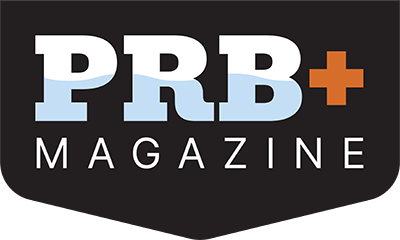Creating a camp business plan for long-term success
A formal business plan helps directors run a camp, serving as a guide through each stage of operation management. The plan provides the structure for camp operations and is also the roadmap for growth and goal achievement. Additionally, a business plan can help bring in funding, investments, and other partnerships.
There are many types of business plan formats, each of which can be adjusted to fit specific camp setups. However, most versions include many of the following key elements.

